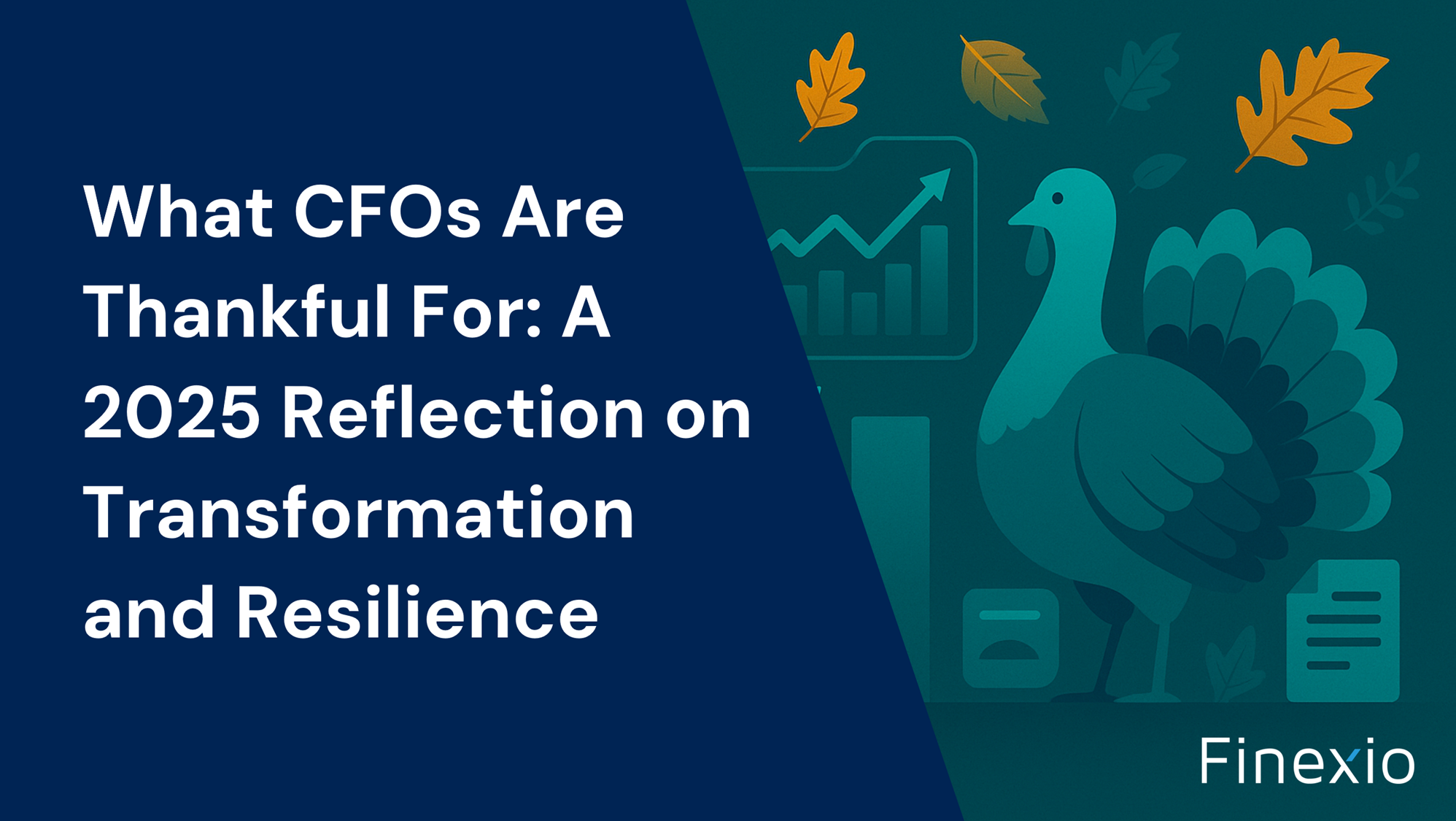When Property Management AP Software Falls Short


Property managers deal with a lot: multiple properties, different vendors, and hundreds of payments to process on time. That’s where property management AP software promises to help. But when the pressure builds as late summer lease turnovers spike, cracks in those systems start to show.
Whether it’s missed payments, slow approvals, or gaps in reporting, many AP platforms simply cannot keep up with real-world property operations. For CFOs and finance teams, knowing where these systems fall short is step one in choosing smarter payment solutions that support the daily workload.
Common Gaps in Property Management Payment Systems
On paper, most AP platforms seem to cover everything. But as teams start juggling dozens of vendors across properties, trouble spots show up quickly. The biggest hurdle is visibility. Without a system that provides a single, unified view, duplicate invoices might get paid or a vendor could be overlooked entirely.
Approval workflows pose another issue. With teams spread across different offices and properties, outdated approval chains cause slowdowns. If a key manager is away or a regional director misses an email, approvals stall. That can escalate from a minor delay to a real disruption for both vendors and internal project teams.
Reporting is a third pain point. Finance leaders need real-time numbers to track spending and plan ahead. Many AP tools fall short here, forcing users to extract data from different places and piece it together themselves. This manual process drains time and usually leaves gaps in the information needed for smart decisions.
Where Property Management AP Software Hits Capacity
Most AP systems handle routine cycles but struggle during peak periods. Late summer brings heavy turnover, vendor maintenance, and new lease activity all at once. That sharp spike in demand can expose weak points in your software.
If the AP platform can’t flex with seasonality, vendor payments stall. This creates a chain reaction. Delayed payments slow projects, drive up vendor complaints, and leave tenants frustrated with slower service. Staff spend valuable hours tracking issues that better technology can prevent.
Scalability is another challenge. As property owners grow portfolios, onboard new properties, or change management structures, the system needs to scale alongside. Too often, adding a new property takes weeks. Staff must be retrained on clunky workflows, pulling them away from bigger priorities. Teams wind up working around the platform, draining efficiency.
These problems rarely surface in sales demos or onboarding. Performance issues hit during peak workloads—precisely when finance teams have no time for a workaround.
Security and Compliance Risks With Outdated Tools
Slowdowns are only one part of the risk. Outdated AP tools add major security and compliance headaches. Manual payment workflows and paper checks open gaps that can be exploited. Fraud becomes much more likely with limited oversight and no automated checks.
Many older platforms can’t catch red flags in payment activity or incoming vendor data. With information spread across spreadsheets, emails, and portals, inconsistencies go unnoticed. By the time a problem appears, it may be too late to prevent a loss.
Vendor records are vulnerable too. If multiple platforms are in play, details can slip out of sync. That introduces payout risk and can leave you out of line with privacy and compliance standards tied to data security.
When audit time rolls around, these gaps explode into bigger problems. Without digital audit trails, your team can spend weeks tracking approval histories and payment flows—a process that could be automated with the right software.
Finance leaders now expect AP solutions that offer built-in AI fraud monitoring, secure vendor onboarding, and clear audit records. Custom permissions and automated approval chains add protection while supporting compliance requirements.
What Finance Teams Should Look For Instead
Smarter solutions for property management AP start with centralized payment platforms. These systems gather all payment activity in one place, so finance teams can manage accounts, vendors, and property portfolios without hopping between different tools.
Automation is now a must-have. AP solutions with AI-driven validation check for duplicate payments, flag mismatched invoice details, and help prevent fraud before money moves. These tools go further when they can surface irregularities or exceptions before reaching final approval, saving both time and cost.
A next-level property management AP solution should connect with existing ERP or accounting systems. Seamless integrations keep data current and let staff stay focused on what matters. Look for platforms with live tracking, real-time visibility, and the ability to automate supplier onboarding or enable digital payment methods like virtual cards.
Some advanced payment platforms now feature embedded finance capabilities, letting teams manage and track supplier spending, payment types, and workflow approvals from a single dashboard. That one-stop setup is key for growing property management companies handling hundreds of vendors at once.
Purposeful Payments Build Stronger Property Ops
A great AP system keeps payments flowing quietly in the background. That lets the property management team focus less on repetitive follow-ups and more on projects, planning, and growth.
With the right property management AP software, the focus shifts from daily triage to proactive planning. Finance teams support smarter operations, and everyone—from vendor partners to tenants—benefits from smoother payments.
When your finance team needs to keep up with growing vendor demands across multiple sites, traditional tools can slow everything down. At Finexio, we offer a smarter way to manage spend and reduce manual work with property management AP software built to scale alongside your operations.
Get the free Newsletter
Get the latest information on all things related to B2B and electronic payments delivered straight to your inbox.




